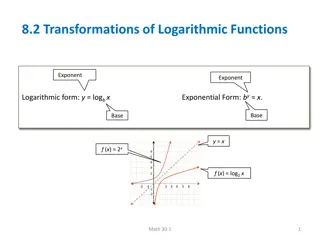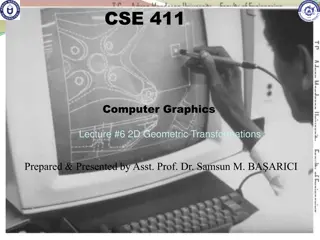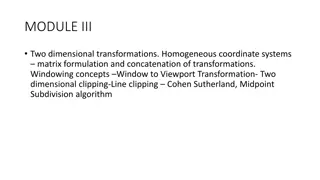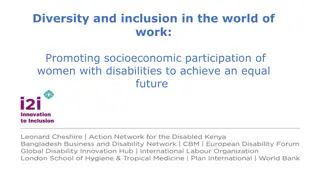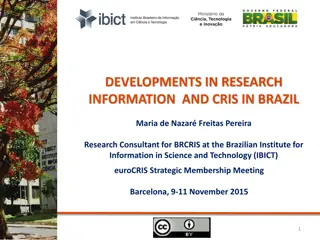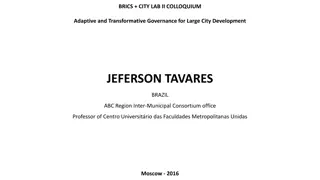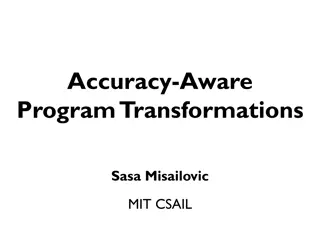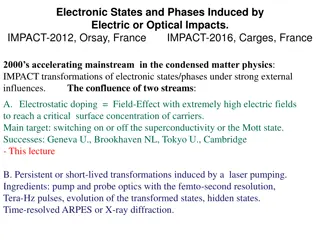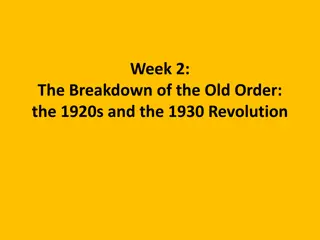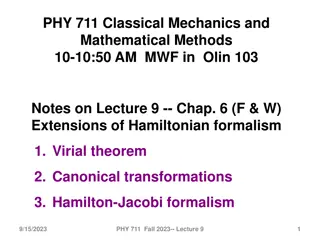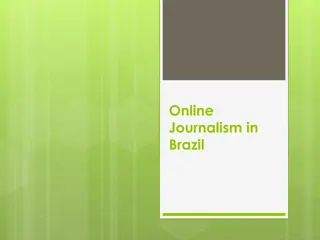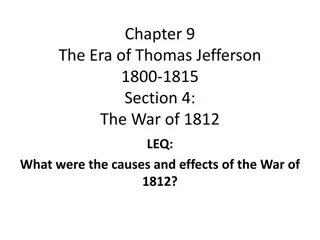Socioeconomic Transformations and the Legacy of the Paraguayan War (1864-70) in Brazil
The content delves into the turbulent times of the Paraguayan War and its aftermath in Brazil during the 1860s. It explores the socioeconomic changes, political dynamics, and demographic shifts that shaped the era, highlighting the impact of the war on Paraguay and the region. The narrative unfolds the delicate balance between liberalism and slavery, urbanization trends, and the lasting repercussions of the conflict on the involved nations.
Download Presentation

Please find below an Image/Link to download the presentation.
The content on the website is provided AS IS for your information and personal use only. It may not be sold, licensed, or shared on other websites without obtaining consent from the author. Download presentation by click this link. If you encounter any issues during the download, it is possible that the publisher has removed the file from their server.
E N D
Presentation Transcript
Trouble in the Empire: The Paraguayan War (1864-70) and Socioeconomic Change in the 1860s
Last class Regresso: liberal experiment revoked; Emperor crowned 1840; centralised rule Provinces accept rule from Rio but tensions remain Second Empire underpinned by coffee: production doubles 1850- 1880 (and triples again in the 1890s) Slavery: 1M Africans imported 1800-1850 (700,000 after 1831), then internal trade Politically: Emperor preserves balance of power between Liberals and Conservatives; Wide franchise but system operates through patronage
A delicate balance of forces Buoyant economy BUT depends on volatile external markets Tension between liberalism and slavery; most other American nations abolishing slavery Regional differentiation in slaveholding: by 1888, of all slaves are in Rio de Janeiro or S o Paulo Rural, oligarchic leaders but growing urban-based government and state institutions Success of moderating power depends significantly on Emperor s personal image and abilities
Demographic and social changes by the 60s and 70s Brazil s population 90% rural by 1900 BUT: significant urbanisation: Rio de Janeiro has 275,000 inhabitants by 1872 (one of the largest cities of the Americas); New educational opportunities in cities e.g. at law and medical schools Growth of an urban middle class, less tied to rural life/ slavery, with no direct access to parliamentary politics Immigration grows from 60s: 84,000 foreign-born residents in Rio, 1872 (although the greatest influx happens 1870s-1910s)
The war: the view from Paraguay War remembered as devastating, genocide by Brazilian troops especially Paraguay s male population falls from 460,000 (1864) to 153,000 in 1870 (65%) Industry (e.g. coal) destroyed Half territory lost
Paraguayan context to the war Independence from the Spanish from 1814 but Buenos Aires does not recognise; ongoing territorial ambitions from Argentina/ Brazil Isolationist mentality; resist export-orientated economy; economic self- sufficiency; small cooperative farms Francisco Solano Lopez from 1862: promotes economic development, external trade, industry, railways ARMY becomes most powerful in South America Geopolitical interests in Parana river Lopez supports Uruguayan conservatives; Brazilian ship seized; Brazil drawn into conflict with Argentina and Uruguayan Liberals
The war from the Brazilian perspective Early victories on Paraguayan soil surprise the Brazilians Brazilian troops badly paid, funded, prepared; Paraguay has 64,000 troops to Brazil s 18,000 Volunteer soldiers (in fact, long history of impressment and violent treatment of soldiers) Slaves are used in war War is eventually won but takes much longer than anticipated
The war and the Brazilian military Military as bulwark of Second Empire undergoes significant (slow) change 1820s-1860s. Military academies open in Rio and Porto Alegre in 1850s (plus preparatory schools): social mobility for some poorer boys BUT: declining influence in politics? E.g: law grads replace military as provincial presidents; a dozen military men in Senate under Pedro I, only four in 1850s
The war and the Brazilian military Major mobilisation: officer corps expands: from 1,500 to 10,000 New corporate unity; sectors of military call for political reforms e.g. republicanism, abolitionism Opening of the Military Institute in 1871 in Rio (led by Floriano Peixoto): forum for debate on army but also politics Pantheon of war heroes, e.g. Caxias: become significant political leaders after the war
The war: general consequences Huge losses: 200,000 men are mobilised; 139,000 fight; 30,000 casualties. External debt (mainly to Britain) increases again Heightens national anxiety about slavery and race: Brazilian propaganda re civilization but use of slaves Political crisis: Emperor ousts ruling Liberal cabinet in favour of Duke of Caxias; Resentment among Liberals; 1869 Liberal manifesto calls for electoral reform, abolition of the moderative power, abolition of slavery Liberal SPLIT in 1870: one faction forms the Republican Party (campaigns against monarchy)
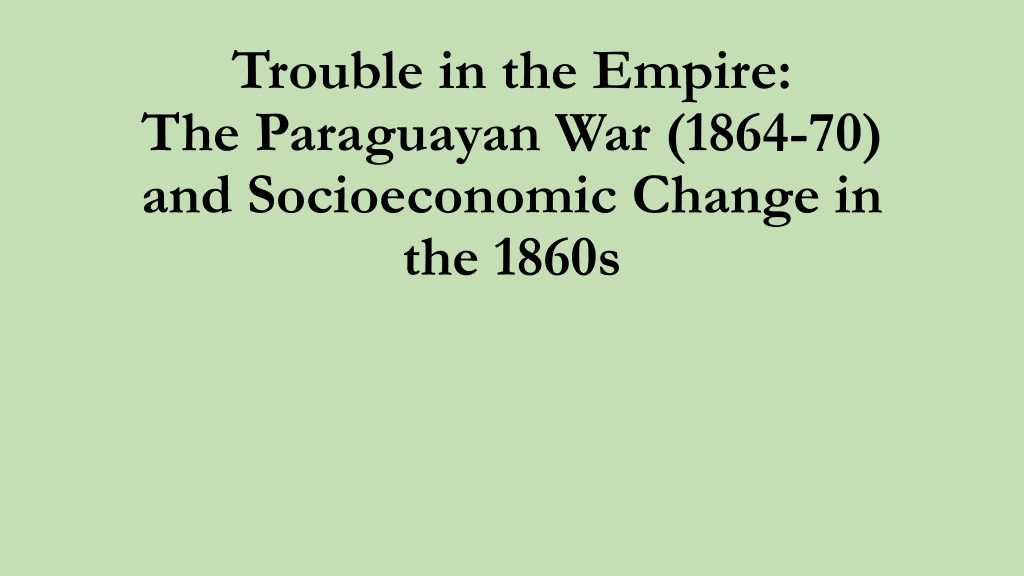

![Halal_Chicken_from_Brazil-_Ensuring_Quality_and_Authenticity[1]](/thumb/86918/halal-chicken-from-brazil-ensuring-quality-and-authenticity-1.jpg)
